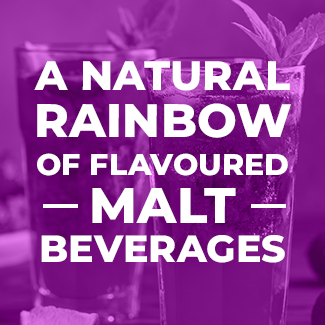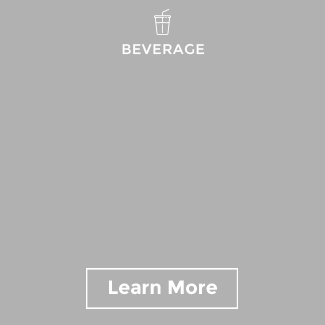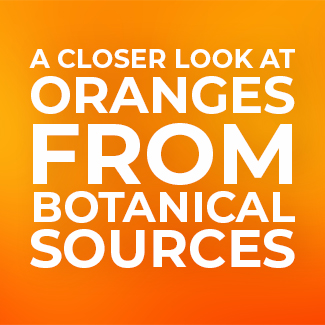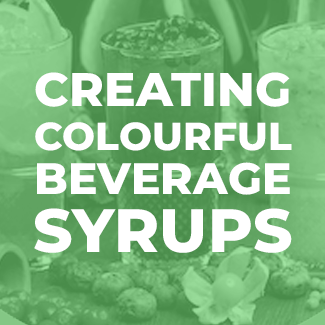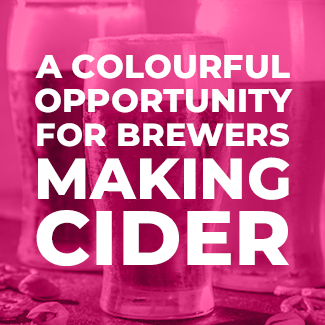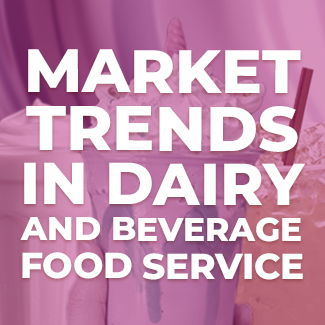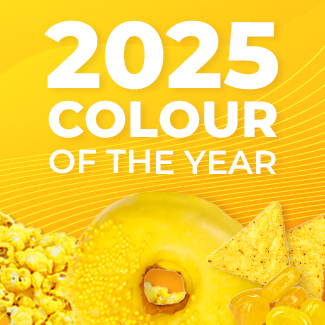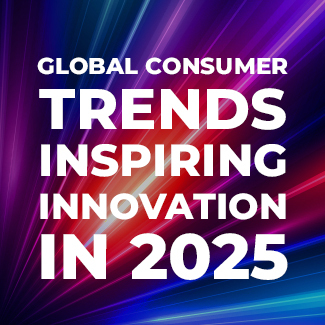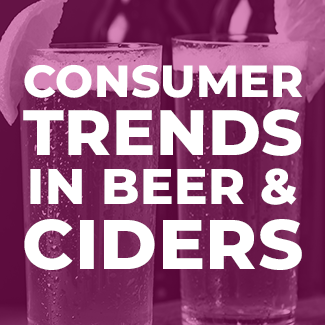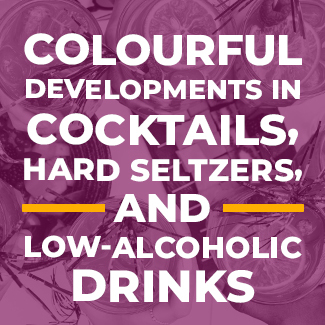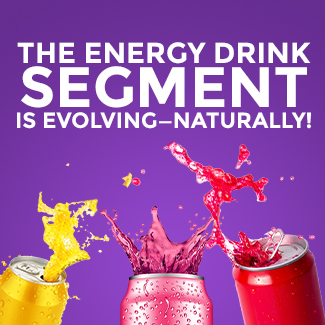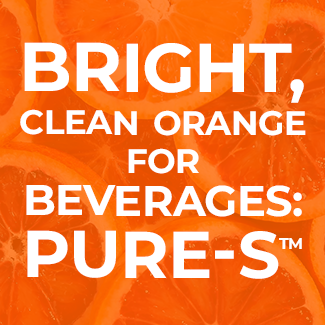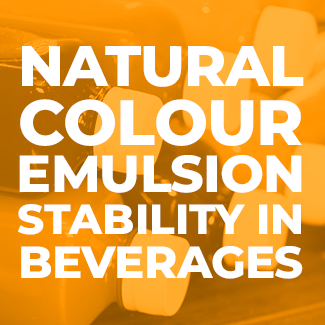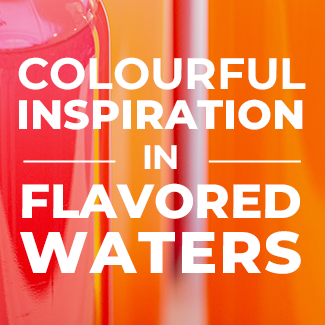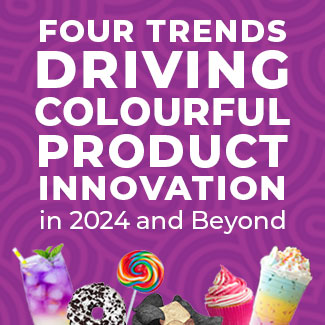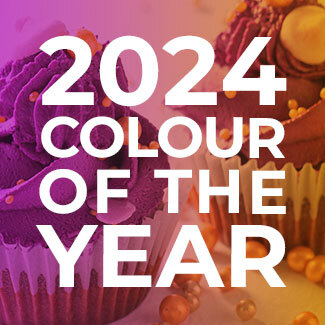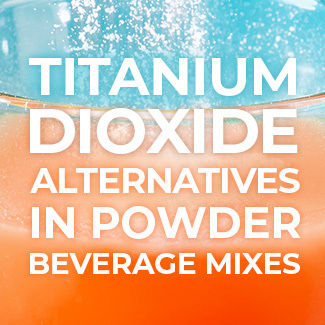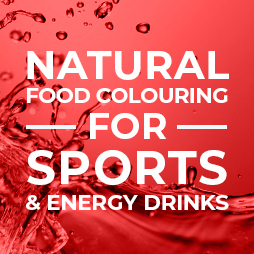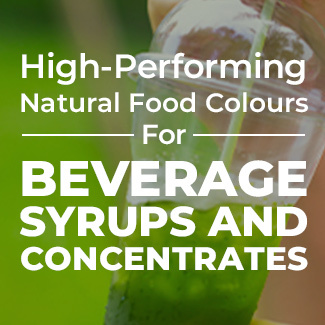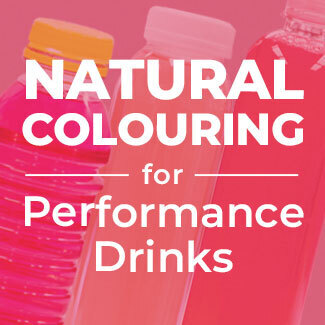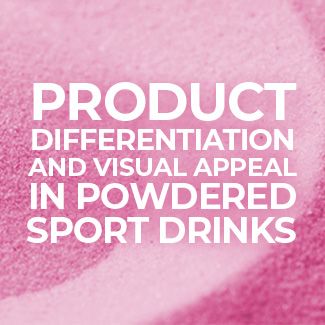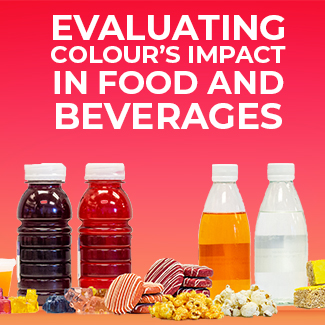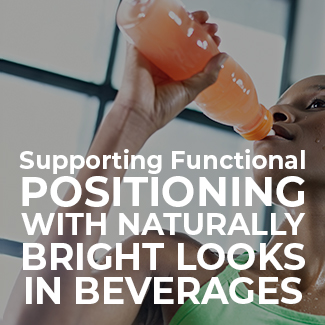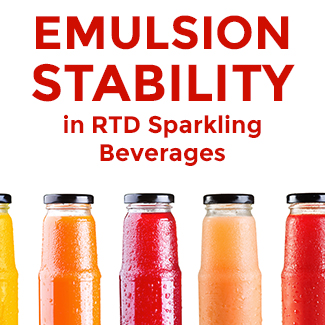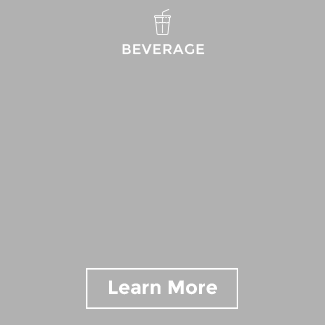Nathalia Lara
Colour Perceptions in the Middle Eastern Beverage Market
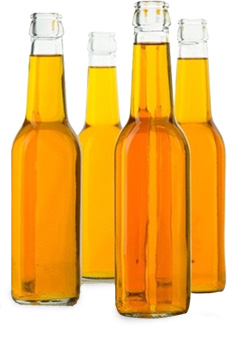
Have you ever visited a souk taking in the atmosphere and looking at the sacks full of vibrantly coloured spices? Colour plays a significant role in food and drinks in the Middle East, and therefore has a direct impact on manufactured products. The range of beverage options from any given supermarket in Dubai, Bahrain, Doha, Riyadh or Abu Dhabi is manifold, yet the vast majority of drinks have one aspect in common: significantly brighter and more intensive colour shades in comparison to similar drinks from Europe.
The intensity of colour shades in this region can be driven by a variety of reasons. Historically, most of the successful drinks in the region come from a long heritage, with high visual appearance and high brand or product recognition. Secondly, one can observe that strong colours may have an association with a higher fruit content, representing a “higher quality” of product or freshness of the product – both being connected
to an overall enhanced product experience. At the same time, in developed market segments with so many products on display, shelf standout iscritical and colour works well as one way to distinct one product from another.
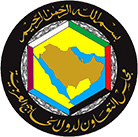
Some of the more vibrant beverages in the Middle East are synthetically coloured with very bold, sometimes whimsical shades. This trend towards naturalness, aided by a recent legislative change of the Gulf Cooperation Council (GCC) introducing special labelling for some synthetic colours, will drive the usage of more natural colouring in the region.
This raises opportunities as well as some challenges for beverage manufacturers to deal with. One could argue traditional consumers tend to be more familiar with their respective products, and be slightly more loyal, whereas the younger consumer generation may be more willing to trial new ones. Certainly, an existing and established brand owner will not be keen to decide on a significant change in product appearance (and consequently colour) when converting from synthetic to natural colours. At the same time, a new product or brand will likely want to make a real visual difference and standout on the shelf.
While consumer expectations and regulatory changes are relevant, they are not the only factors affecting the choice of colour. When converting to natural colours, they do not just need to deliver strong and bright colour shades, but further factors play a decisive role as well:
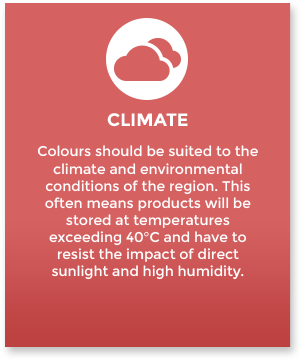
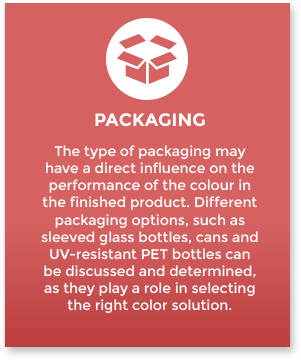
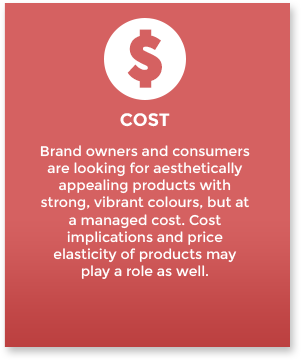
Consequently, product developers consider many elements in product development including technical and commercial aspects.
As a result, successful manufacturers are looking to target their markets with colourful products that stand out on shelf, maintain the essence of their traditional values, and attract new customers whilst being relevant and worth its price. This is clearly not always an easy task, so we will gladly assist you to discover the latest opportunities in our
natural colour solutions. You can easily request a consult or sample below.

 Have you ever visited a souk taking in the atmosphere and looking at the sacks full of vibrantly coloured spices? Colour plays a significant role in food and drinks in the Middle East, and therefore has a direct impact on manufactured products. The range of beverage options from any given supermarket in Dubai, Bahrain, Doha, Riyadh or Abu Dhabi is manifold, yet the vast majority of drinks have one aspect in common: significantly brighter and more intensive colour shades in comparison to similar drinks from Europe.
The intensity of colour shades in this region can be driven by a variety of reasons. Historically, most of the successful drinks in the region come from a long heritage, with high visual appearance and high brand or product recognition. Secondly, one can observe that strong colours may have an association with a higher fruit content, representing a “higher quality” of product or freshness of the product – both being connected
to an overall enhanced product experience. At the same time, in developed market segments with so many products on display, shelf standout iscritical and colour works well as one way to distinct one product from another.
Have you ever visited a souk taking in the atmosphere and looking at the sacks full of vibrantly coloured spices? Colour plays a significant role in food and drinks in the Middle East, and therefore has a direct impact on manufactured products. The range of beverage options from any given supermarket in Dubai, Bahrain, Doha, Riyadh or Abu Dhabi is manifold, yet the vast majority of drinks have one aspect in common: significantly brighter and more intensive colour shades in comparison to similar drinks from Europe.
The intensity of colour shades in this region can be driven by a variety of reasons. Historically, most of the successful drinks in the region come from a long heritage, with high visual appearance and high brand or product recognition. Secondly, one can observe that strong colours may have an association with a higher fruit content, representing a “higher quality” of product or freshness of the product – both being connected
to an overall enhanced product experience. At the same time, in developed market segments with so many products on display, shelf standout iscritical and colour works well as one way to distinct one product from another.
 Some of the more vibrant beverages in the Middle East are synthetically coloured with very bold, sometimes whimsical shades. This trend towards naturalness, aided by a recent legislative change of the Gulf Cooperation Council (GCC) introducing special labelling for some synthetic colours, will drive the usage of more natural colouring in the region.
This raises opportunities as well as some challenges for beverage manufacturers to deal with. One could argue traditional consumers tend to be more familiar with their respective products, and be slightly more loyal, whereas the younger consumer generation may be more willing to trial new ones. Certainly, an existing and established brand owner will not be keen to decide on a significant change in product appearance (and consequently colour) when converting from synthetic to natural colours. At the same time, a new product or brand will likely want to make a real visual difference and standout on the shelf.
While consumer expectations and regulatory changes are relevant, they are not the only factors affecting the choice of colour. When converting to natural colours, they do not just need to deliver strong and bright colour shades, but further factors play a decisive role as well:
Some of the more vibrant beverages in the Middle East are synthetically coloured with very bold, sometimes whimsical shades. This trend towards naturalness, aided by a recent legislative change of the Gulf Cooperation Council (GCC) introducing special labelling for some synthetic colours, will drive the usage of more natural colouring in the region.
This raises opportunities as well as some challenges for beverage manufacturers to deal with. One could argue traditional consumers tend to be more familiar with their respective products, and be slightly more loyal, whereas the younger consumer generation may be more willing to trial new ones. Certainly, an existing and established brand owner will not be keen to decide on a significant change in product appearance (and consequently colour) when converting from synthetic to natural colours. At the same time, a new product or brand will likely want to make a real visual difference and standout on the shelf.
While consumer expectations and regulatory changes are relevant, they are not the only factors affecting the choice of colour. When converting to natural colours, they do not just need to deliver strong and bright colour shades, but further factors play a decisive role as well:








